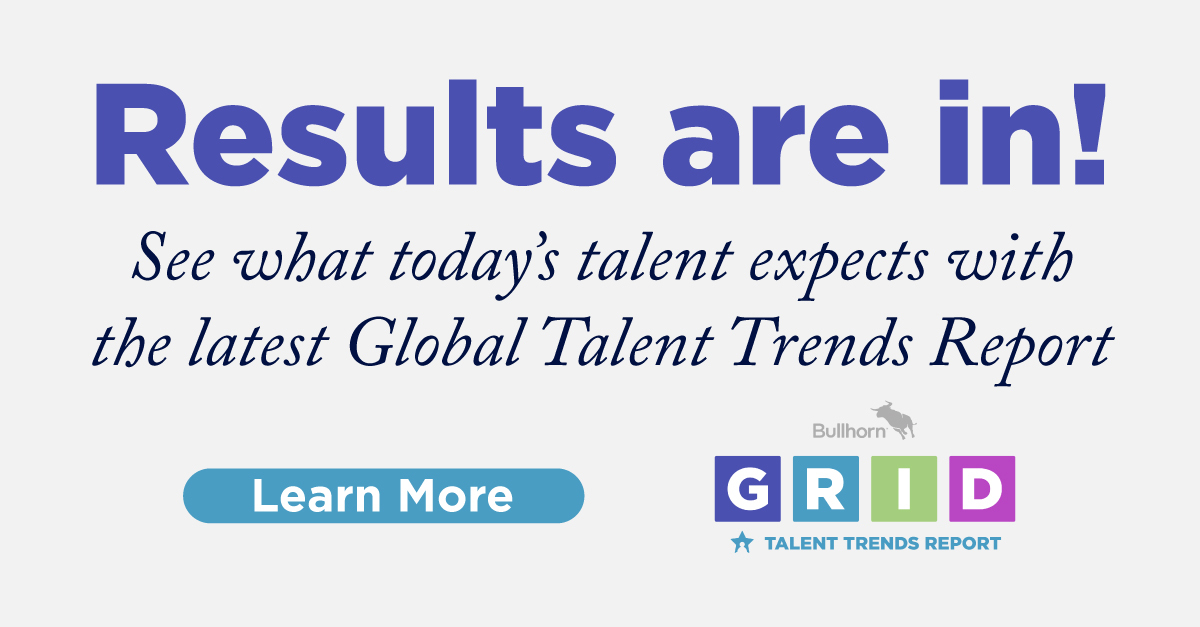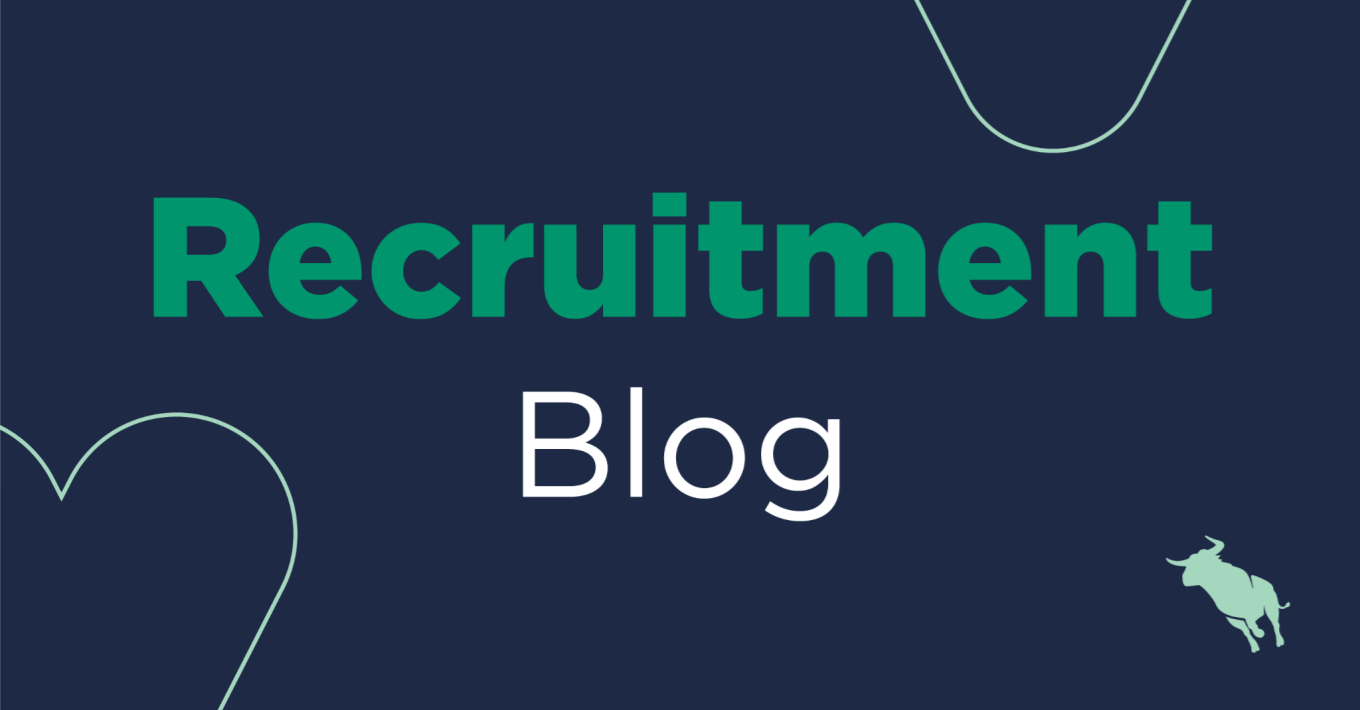3 Easy Ways to Improve Recruitment Software Adoption & Data Integrity

Want to Make the Most of Your Recruitment Software? Build a Culture of Accountability.
Purchasing recruitment software can be like purchasing a brand new home for your entire team of consultants. Although a house may be pristine when you first purchase it, people (and especially recruiters) can be messy. Daily activities can collect grime and dirt, so routine cleaning is a must. When it comes to recruitment software, the grime and dirt within your system generally stems from poor data practices. Poorly managed data can be swept under the rug and remain invisible until it starts impacting the quality of your searches and other daily operations. That is, of course, unless you’re taking proactive steps to ensure that your team cleans up after itself.
For recruitment managers, it could be easier said than done to implement these steps. We’ve highlighted 3 simple ways to ensure that the data being put into your system is building your business, not slowing it down.
1. Using Customisations and Compulsory Fields
Every recruitment agency’s recruitment process is different, so it’s vitally important that the in-system workflow is tailored to fit. Eliminating unneeded steps is a key way to encourage time-starved consultants to use your applicant tracking system to its fullest capacity. Customising workflows will leave less margin for human error and ultimately help you to maintain a clean database for candidates and clients.
Those intending to tailor an applicant tracking system should take a measured approach. Begin by organising an initial meeting with your extended consultant team to identify collective workflow requirements and use the responses from this meeting to develop an action plan. The plan should include clear goals and key metrics that you’ll be able to report on and track. These requirements should then be discussed with your recruitment software provider to assess customisation options.
Although this might seem simple enough, challenges can arise when identifying the customisability of your system. While some recruitment software suites are customisable out of the box, others may require the help of an engineering team or, worse, be completely restricted. Bypass this potential pitfall by making sure that your recruitment software provider provides the innate customisability of a high-quality SaaS platform.
2. The Carrot and Stick Approach
Although customising your recruitment software is an effective step to ensure adoption and data integrity, it may not be enough to encourage best practice. Sure, your consultants are required to enter specific data into the system, but what measures do you have in place to ensure that the data they put in is accurate? Encouraging accountability is the other side of the coin – hence, the carrot and stick approach.
Agencies that leverage this approach publically reinforce consultants who demonstrate good data practices either through recognition or rewards. Conversely, those who compromise the integrity of agency data may be held accountable and experience consequences. For instance, some agencies have been known to enforce negative commissions for consultants who are found to compromise data integrity.
3. Maintaining a Bird’s-Eye View
Finally, if recruitment managers are to enforce a culture of accountability, they need complete visibility into data transactions occurring within the system. Most recruitment software suites have a level of reporting that allows managers to accomplish this, though some will be more comprehensive than others.
Routinely exporting candidate and client list reports is one basic way to gain a bird’s-eye view of the integrity of the data being put into your system. These reports can be pulled weekly or monthly in your required date range, and discrepancies should be visually apparent. Auditing these reports in formal team meetings is a great way to throw weight behind your culture of accountability.
Advanced recruitment software systems may also allow you to capture data transactions and present them in the form of dashboards, which are visually digestible graphs or tables that can serve as an early warning system prior to pulling reports and audits.
Bullhorn’s applicant tracking system, with advanced CRM functionality, is the recruitment software suite built for humans. With over 10,000 clients and 350,000 users worldwide, Bullhorn is the most widely adopted ATS/CRM on the market.
Interested in learning more? Request a free demonstration today!








